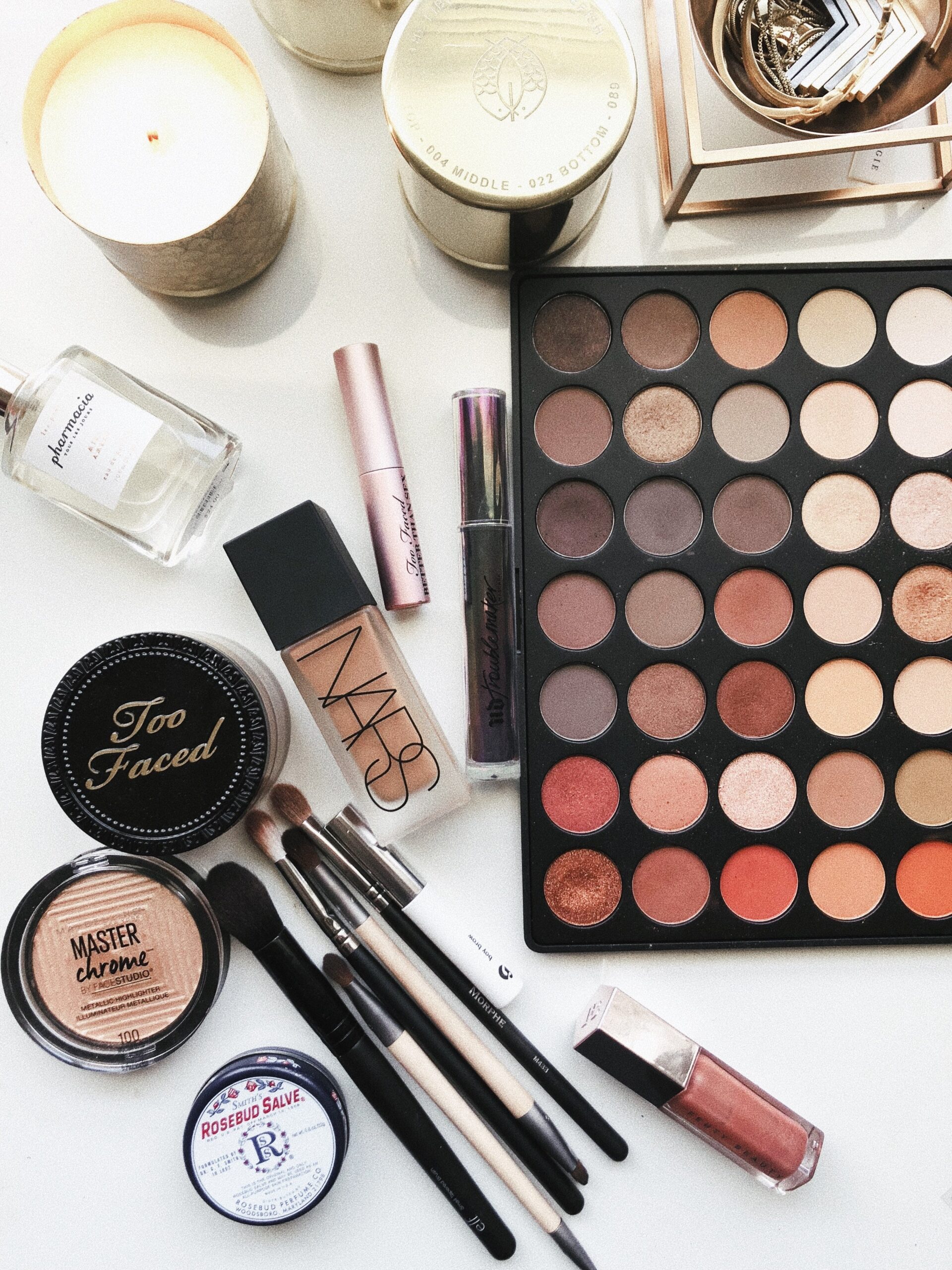“We have high health, food, and environmental standards and production rules to which we are committed because they guarantee the protection and safety of our consumers,” France’s Economy Minister Bruno Le Maire said, sounding like any reasonable person. “Europe will not compromise with these standards.”
Europe does food production safer, cleaner and kinder, according to this infographic from YES! Magazine. The EU has failed to approve pesticides, GMOs, sketchy chemicals, and food additives, all of which fly here on American soil.
In 1958, an amendment to the Food, Drug, and Cosmetic Act prohibited the Food and Drug Administration from approving food additives that are linked to cancer, known as the Delaney amendment. But substances long in use before the passage of the amendment were effectively grandfathered in, an agency spokeswoman told The New York Times. Here’s what you’ll find in our grocery stores that you can’t get across the pond.
Potassium bromate and azodicarbonamide (ADA)
Both of these additives are used in baked goods. Potassium bromate has been added to flour since it was patented in 1914. The additives strengthen dough, allows it to rise higher, and gives the finished bread an appealing white color. In 1982, Japanese researchers found that the additive causes cancer in the thyroids and kidneys of lab rats, and it was deemed a “possibly carcinogen to humans.” The substance has been banned not only in the EU but Argentina, Brazil, Canada, Nigeria, South Korea, Peru, Sri Lanka, China, and the European Union, though the additive is still found in dozens of products on American supermarket shelves.
Azodicarbonamide, or ADA, was widely adopted after the news of potassium bromate’s hazards became widely known. It does the same work as potassium bromate, but it also moonlights in the plastics industry where it’s the “chemical foaming agent” of choice. It’s how your yoga mat and flip flops get their soft, spongy texture. The World Health Organization linked ADA to asthma and other allergic reactions, and it’s banned in the EU, even though it’s found in hundreds of baked goods in the U.S.
BHA and BHT
The flavor enhancers and preservatives BHA (butylated hydroxyanisole) and BHT (butylated hydroxytoluene) are restricted throughout Europe but are widely used in American food products: cereals, gum, fast food, processed potatoes, drink mixes, shortening, snack foods. Evidence on BHT is mixed, but BHA is listed in a United States government report on carcinogens as “reasonably anticipated” to be a human carcinogen.
Brominated vegetable oil (BVO)
Banned in the EU and Japan, BVO helps keep citrus flavoring from separating in some sodas and sports drinks. The concerns are that the additive contains bromine, the element found in brominated flame retardants. Bromine builds up in the body, and excessive consumption (more than 2 liters a day) has lead to reports of memory loss, as well as skin and nerve damage. Although the Food and Drug Administration (FDA) initially categorized BVO as “generally recognized as safe,” the agency later reversed that decision, and its use is currently allowed as an additive.
Yellow food dyes no. 5 and no. 6, and red dye no. 40
About 15 million pounds of petroleum-based dyes are used in food each year, and according to Rich Food, Poor Food, red #40, yellow #5, and yellow #6 account for 90 percent of all dyes used. These dyes can be used in foods sold in Europe, but the products must carry a warning saying the coloring agents “may have an adverse effect on activity and attention in children.” No such warning is used in the States, though red #40 — found in fruit cocktail, maraschino cherries, grenadine, cherry pie mix, ice cream, candy, bakery products and more — may contain the carcinogenic contaminant p-Cresidine, note authors Jayson Calton, Ph.D., and Mira Calton, CN. The F.D.A.’s website says reactions to food coloring are rare but acknowledges that yellow dye No. 5, used widely in drinks, desserts, processed vegetables, and drugs, may cause itching and hives. Yet the Caltons cite studies of yellow #5 and #6 that showed genotoxicity, a deterioration of the cell’s genetic material with the potential to mutate healthy DNA, as well as tumors in the kidneys and adrenal glands of laboratory animals.
Farm animal drugs
Trace your food back to the farm, and you’ll find drugs that won’t fly in the EU or Canada. Approved by the F.D.A. in 1993, recombinant bovine growth hormone (rBGH) is a synthetic hormone developed by Monsanto to increase milk production in dairy cows. Opponents to rBGH cite concerns for both cow and human health, and the Codex Alimentarius Commission, the UN’s leading food safety body, twice concluded there was no consensus that hormone was safe for human health.
Ractopamine, a feed additive used in the United States to increase weight gain in pigs, cattle, and turkeys raised for meat, is banned in some 160 countries. Studies on the additive are extremely limited. Studies from the European Food Safety Authority found ractopamine causes elevated heart rates and heart-pounding sensations in humans, and in 2009, the group concluded there were not enough data to show it was safe for human consumption at any level.
An F.D.A. spokeswoman told The New York Times both drugs are safe.










